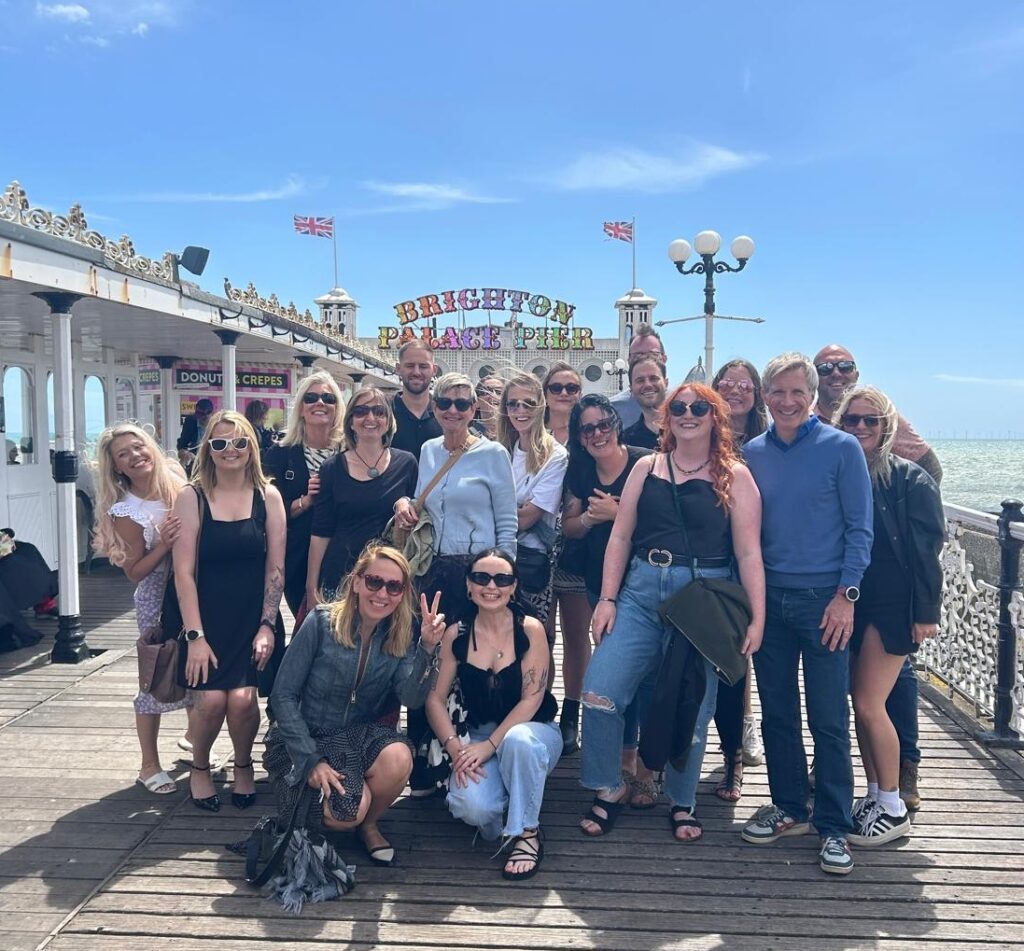Harvey John
Unit 2 Ferry Wharf
Hove Enterprise Centre
Basin Road North
Portslade, East Sussex
BN41 1BD
A blog post written by my colleague, George, about how Hiring Managers can avoid certain interview mistakes, got me thinking about the stages leading up to that first meeting, and what a hiring manager is looking for when they pick up a CV. That, paired with the fact that I’ve been asked for advice from several friends recently, prompted me to put pen to paper and share my thoughts. Below is my pick of 7 subtle snags holding back your CV. (For a quick overview on creating a great CV, check out our blog: The art of creating a stellar CV)
1. Using ‘CV’ on your CV
I know this seems pedantic, Any recruiter or hiring manager can tell from the first read that they’re holding your CV. You don’t need to tell them by putting it at the top of the page – your name alone should act as the heading. However, naming the document “First name, last name CV Date” will let them know that it’s an up-to-date CV
2. Unnecessary features & ‘Waffling’
A decidedly less pedantic point – always avoid including information that simply does not need to be in your CV. Photographs, images, diagrams and so on, only serve to clutter your CV and take up valuable space. The rules may differ when we look at creative fields such as marketing and advertising, but when it comes to professional services, a ‘traditional’ CV is much more appropriate.
Secondly, while you’re not working to a strict word count, it is a good idea to get to the point as quickly as possible. In other words: don’t waffle. Your CV needs to be punchy and concise, constantly inviting the recruiter/hiring manager to carry on reading, which you won’t achieve if you drone on and on.
3. Overused Cliches
Complaining about cliches is fast becoming a cliche in its own right. That said, do try to avoid using obvious dynamic adjectives such as ‘motivated’, ‘forward-thinking’, and ‘solution-focused’. Your recruiter has seen these hundreds of times, and the same goes for the hiring manager. Instead, re-direct this energy into reinforcing your achievements, particularly those that have affected some sort of change. Why not talk about how you ‘led a team on..’, ‘implemented new strategy concerning… ‘ or ‘oversaw the redevelopment of…’
4. Irrelevant Work Experience
Of course, any (and all) work experience holds a certain level of relevance, but it is important to be aware of the company and position that you’re applying for.
Hayley Rose, the Head of legal recruitment, gave me a legal-specific example:
if you’re a mid-level Family Solicitor, applying for a mid-level Family Solicitor position, then there is no need (and no real benefit) in sharing information that doesn’t support your claim as a valuable mid-level Family Solicitor. You’ll need to be transparent about previous work experience, but anything that is not relevant to the specifications and requirements of the position that you’re applying for should be shortened to no more than dates, company name and position(s) held.
5. Negativity
Unless it is necessary, you should not include any negative or self-deprecating information in your CV – to do so would be completely counter-intuitive. Steer clear of criticising former employers, and avoid talking about difficulties you may have experienced in previous posts unless you’re illustrating improvement or development.
Of course, you must not lie (another thing worth avoiding!), but you’re trying to give the hiring manager as many reasons to invite you to interview as possible, not the opposite.
I once had the CV of a candidate who decided to list the reason(s) behind leaving every position that they had held for the preceding 10 years, and some of it was far from amicable. If your prospective employer wants/needs to know this information, they will ask it at the interview stage, at which point you’ll be in a much better position to state your case.
6. Hobbies & Leisure Activities
Opinion on this one is divided, but I firmly believe that a hiring manager doesn’t need to know what type of literature you enjoy and what you do to relax at the weekends. As an alternative, why not think about the ‘extra-curricular’ activities that demonstrate leadership, teamwork and commitment? Think about things like University Committees, certificates/grades in music, captaining a team (sport or otherwise), running seminars or workshops, or completing a marathon – each of these adds a new dimension to your CV, whilst continuing to demonstrate value.
7. Me, myself and I
While you will not be condemned outright for using personal pronouns, it is a good idea to avoid them as much as possible, and for several reasons:
By referring to yourself as ‘I’, you’ll likely fall into the trap of using the same ‘I did this…’ and ‘I did that…’ format, which quickly becomes dull and repetitive.
The information you’re presenting in your CV should be facts – personal pronouns can sometimes make it feel a little subjective.
Your CV should read quite telegraphically, and almost as though somebody else could’ve written it about you, which is more easily achieved by omitting the personal pronouns. That said, try not to talk about yourself in the third person either, as this can be as equally distracting.
It will help to save on space and will give your CV a much neater and professional ‘feel’ to it.
An exception to this rule would be your profile. This opening section of your CV is there so you can introduce yourself to the reader, so of course, it’s natural to talk about yourself and use a few ‘I’s when doing so.
Thats not all…
The topic of this post prompted quite a lot of discussion in the Harvey John office – so, while the list is by no means exhaustive or universal, it does reflect the opinions of a team whose collective experience in recruitment amounts to almost a lifetime. The points raised above should help you to compose a CV that offers an insight into your experience and suitability for the position, whilst keeping the reader(s) engaged and interested.
Alongside this post, I am in the process of composing another, which details some of Harvey John’s CV ‘must-haves’. Once completed, you’ll find it here.
If you would like to see our company updates and industry insights, follow our LinkedIn page here.
Author

As a vital link between the Board, Operations, and Finance, Katie tracks the effectiveness of our marketing initiatives to keep us in tune with what’s working. Through strategic research and innovative content marketing, she empowers Harvey John to stay ahead in the agile recruitment landscape, offering our network valuable insights.






